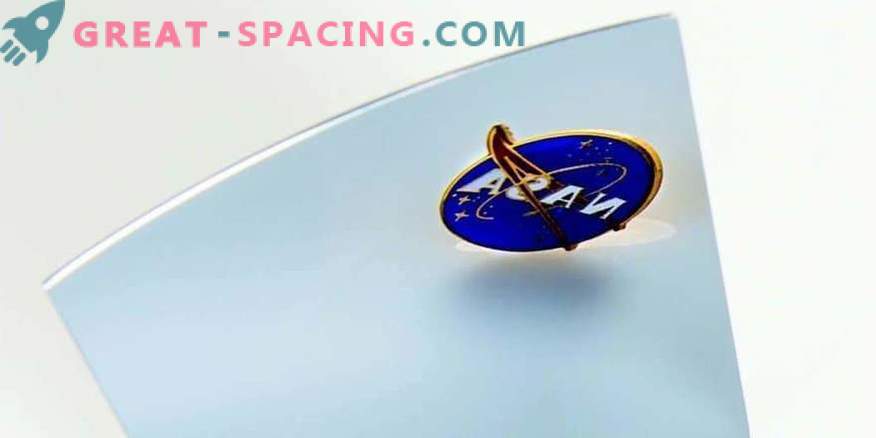
Wolter-I mirror segment with a thickness of 0.6 mm. The size of the mirror is 100 x 100 mm. Tens of thousands of similar mirror elements are planning to align and integrate in order to improve the assembly of viewing devices to cover an effective area of m2
The X-ray telescope is characterized by four parameters: angular resolution, effective area, mass, and cost. Researchers at NASA GSFC have created a new mirroring technology that can improve one or more parameters.
This mirror technology combines the polishing process used to create the highest quality optics using monocrystalline silicon - a material for the semiconductor industry. This material is free from internal stress, which makes it possible to create extremely thin (less than 1 mm) and light (less than 2.5 kg / m 2) mirrors. The GSFC team has been working to improve the technology since 2011, and in 2016, they invented Wolter-I mirrors with a thickness of 0.5 mm and image quality above 3 angular seconds. They also worked on improving the gluing method in order to preserve the shape and alignment of thin mirrors.
The new mirror technology will allow to observe and study supermassive black holes, galactic clusters and centers of the nearest galaxies, where neutron stars and black holes reside. This method will be able to make a sharp leap in modern space technology. The good news is that it will be possible to produce mirror assemblies for missions of all sizes.
Scientists will continue to improve the manufacturing and bonding of mirrors to improve image quality over the next 5-10 years. It is assumed that the technology will be ready in the 2020s.










































